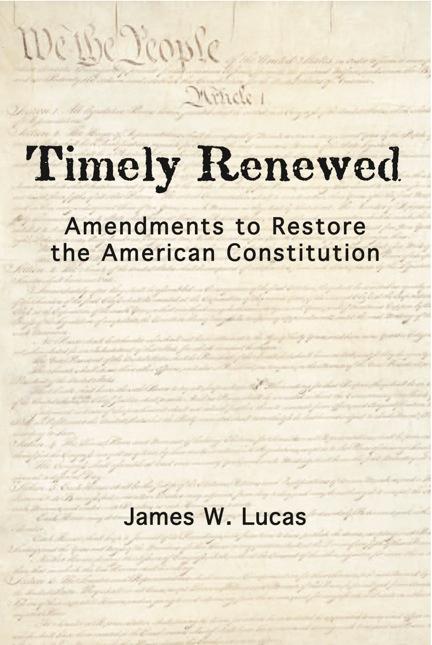Many Americans are frustrated by the continuing ability of an unelected, unaccountable, elitist body, the Supreme Court, to freely change the meaning of the Constitution. For over seven decades the Court has abetted a massive centralization of governmental power at the national level, contrary to any reasonable understanding of the original allocation of powers by the Constitution. Appointing “conservative” judges and Supreme Court justices and electing “conservative” members of Congress has done little to reverse this centralization — and I’m being generous in allowing that a “little” has actually been achieved in restoring our Constitution to what is was before the Supreme Court began ripping it apart in 1937. (I recognize that the destruction of the Constitution really began in 1913 with Woodrow Wilson’s rise to power, but it was not until 1937 that the Supreme Court completely surrendered any pretense of defending the Constitution and began to rewrite it wholesale to impose the justices’ personal policy prejudices on the nation.).
The one remaining hope to restore the Constitution is to go back to the source. In his farewell address George Washington advised that “if, in the opinion of the people, the distribution or modification of the constitutional powers be in any particular wrong, let it be corrected by an amendment in the way which the constitution designates. But let there be no change by usurpation; for, though this, in one instance, may be the instrument of good, it is the customary weapon by which free governments are destroyed.” Certainly, the massive ongoing power grab by the federal Congress and the federal Supreme Court constitutes pure usurpation. The only legitimate way to change the Constitution is through the amendment process, and with amendment lies our only hope of restoring the original constitutional balance of powers.
Many constitutionalists have proposed many possible amendments to achieve this. The book Timely Renewed: Amendments to Restore the American Constitution presents a detailed program of such amendments. However, all of these proposals face a threshold difficulty. Historically under the procedures provided in Article V, amendments must be initiated by a vote of two-thirds of both houses of Congress. Is it realistic to think that two-thirds of both houses of Congress will ever approve constitutional amendments limiting Congress’ powers and returning them to the States?


